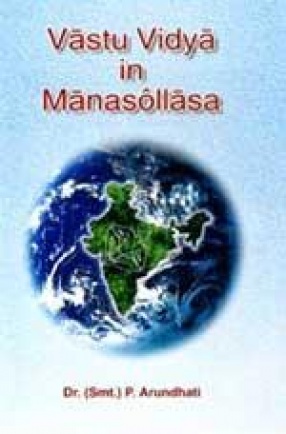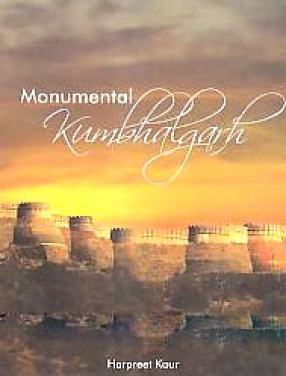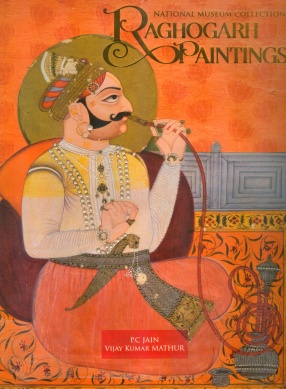This set contains the collection of the Stone and Copper Plate Inscriptions of the Nellore district as it existed in 1903. This work was undertaken in the belief that the records of a district situated as Nellore is would contain a lot of new matter of historical significance. This set is a corpus of 908 Inscriptions inscribed on copper plates and stones in Telugu and Tamil Languages discovered in Nellore district of Madras. These inscriptions are, therefore,’ the source material for writing regional history; Volume One – Discusses the Copper Plate Inscriptions, the Stone Inscriptions of Atmakur Taluk-Dasari Division, Gudur Taluk and Kandukur Taluk; Volume Two – Has been devoted to Kandukur Taluk, Kainigiri Taluk, Kavali Taluk, Nellore Taluk, Ongole Taluk, etc.; Volume Three – Gives a survey of Stone Inscriptions of Ongole Taluk, Podili Taluk, Rapur Taluk, Sulurpet Taluk, Udaygiri Taluk, Venkatagiri Division, etc. Man’s desire to reconstruct his past gave birth to the art of history writing further, his urge promoted him to explore all the means available and conducive in the preservation of his past heritage. In course of his pursuits, the man, now a historian ; discovered that not only art. architecture, sculptures, literature and coins e^c. have proved helpful, the inscriptions too can fairly add into the historical material. The book is a corpus of 903 inscriptions inscribed on copperplates and stones in Telugu and Tamil language, discovered in Net lore district of Madras, (South India) as existed in 1903. The epigraphical history ofNellore district begins with the copperplate recording a grant given by the Western Chalukyan King Vikramaditya I, in the seventh century, in the form of a gift of village. Then, we have an inscription, assigned to eight century, that tells about a Pallava king ruling over part of the district in subordination to Western Chalukyans. Like wise, these inscriptions reveal some useful informations regarding existing dynaties e g. Prana dynasty, Kakatiya dyrasty, Chola dynasty and Reddi dynasty etc. which ruled over the district right up to the close of the fourteenth century. Later on, these dynasties existing in the north and in the South of the district were merged by Vijaynagar Empire. We also learn about the use of languages in the different parts of the district. Generally speaking, the Chola inscriptions are in Telugu in the north of the district and in Tamil in the South. These inscriptions, therefore, are the source material for writing regional history. India, undoubtedly, is divided into several regions which, naturally, consist of equal number of cultural. groups, having their distinct identity expressed through their customs and beliefs, language and costumes. There is a new trend of writing regional histories aiming at to preserve the cultural identities of different ethnic groups, which, in the final analysis, can help people to come closer through mutual sympathetic understanding ultimately, leading to build up a strong and united Indian Nation. This book, on Nellore district of Madras, does help in expediting the process of national integration based on mutual respect and understanding.
Copper-Plate and Stone Inscriptions of South India (In 3 Volumes)
This set (In 3 Vols) of the ...
$202.50
$225.00






There are no reviews yet.